Roadies often dream of expensive aero wheels. In hardly any other area is so much money spent. But fancy and expensive is not always enough. Find out why your next wheels don’t just have to be deep, and how choosing the right tires can improve aerodynamics.

Low wheels look fast and save watts – seems obvious, but why? Sure, they’re more aerodynamic, and create less air resistance, but let’s face it: very few people understand the big picture when biking becomes rocket science. What’s more, even if you have a rough idea about the topic, deep wheels aren’t always the panacea. Aerodynamics are more complicated than you might think, and what works on one bike may not work on another bike and with another rider. So what is the truth behind the highly celebrated rules of thumb for optimum rim dimensions, such as 105% and the 4:1 rule? Find out why, in addition to the rules of thumb, it’s your choice of tires that will make the biggest difference to your wattage savings and turn a € 3,000 wheelset into a real high performer.
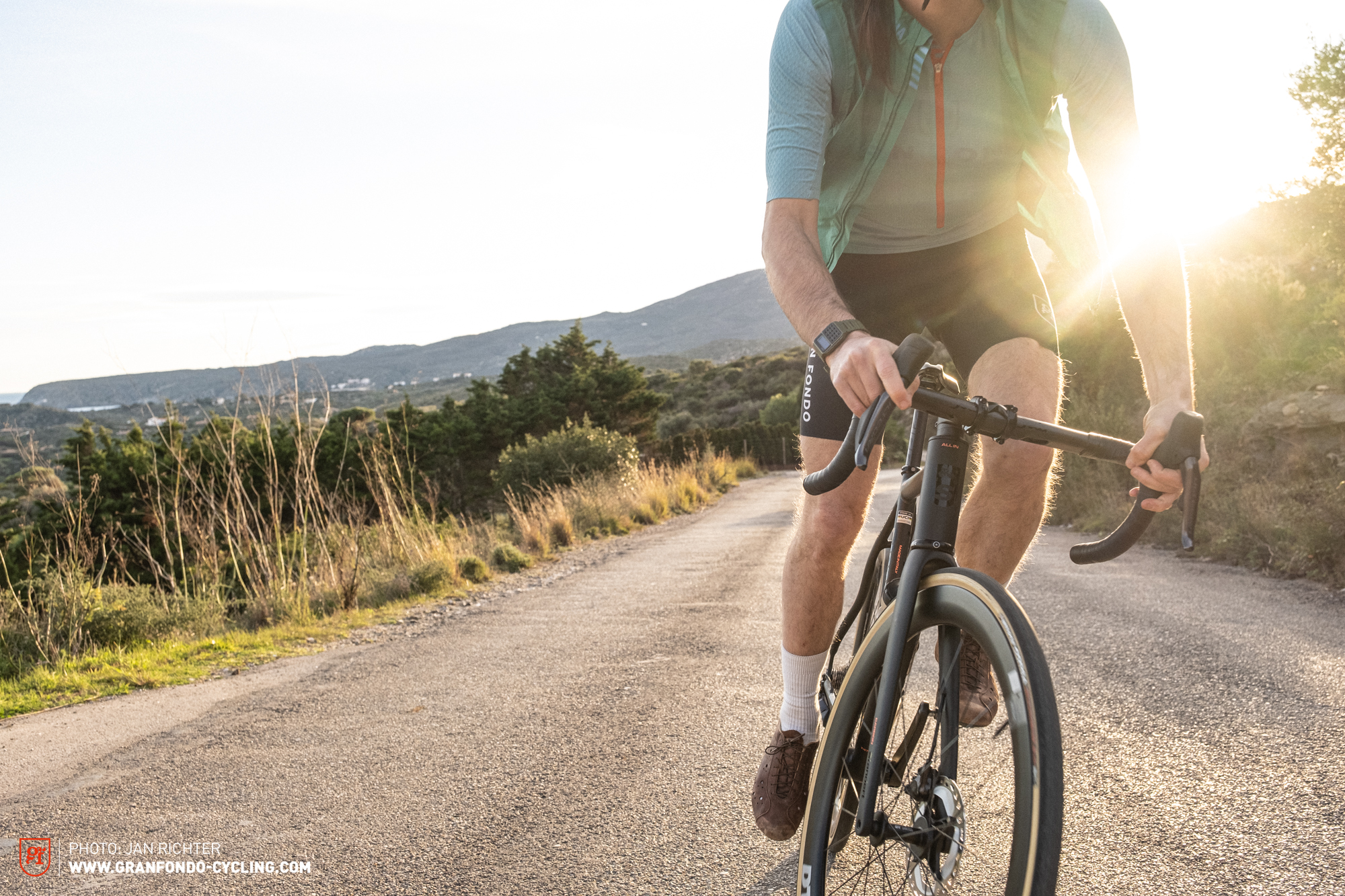
“Who cares about aerodynamics, I’m a climbing specialist!”
Besides, I’m too slow anyway, I don’t need any aero stuff
Aero is here to stay. And weight alone isn’t everything because in many cases those last few grams don’t even matter. Take a look at the 2023 British Hillclimb Championships: In addition to the absolute lightest bikes, Andrew Feather also rode a Cannondale SuperSix EVO. While, with a few tricks, he managed to get the LAB71 bike, the aerodynamics of the modern all-rounder undoubtedly played a part in his victory. Even one of the most advanced climbing bikes, the Factor O2 VAM, despite its lightweight construction, needs to be optimised in the wind tunnel. Trends in recent years have consistently shown that an aerodynamic bike tends to be faster on average than its lightweight climbing counterpart.
Außerdem, wer hoch fährt, muss auch wieder runter, und dabei ist die Geschwindigkeit ordentlich hoch!
What’s more, when you climb, you inevitably descend, and that’s where you really reap the benefits!
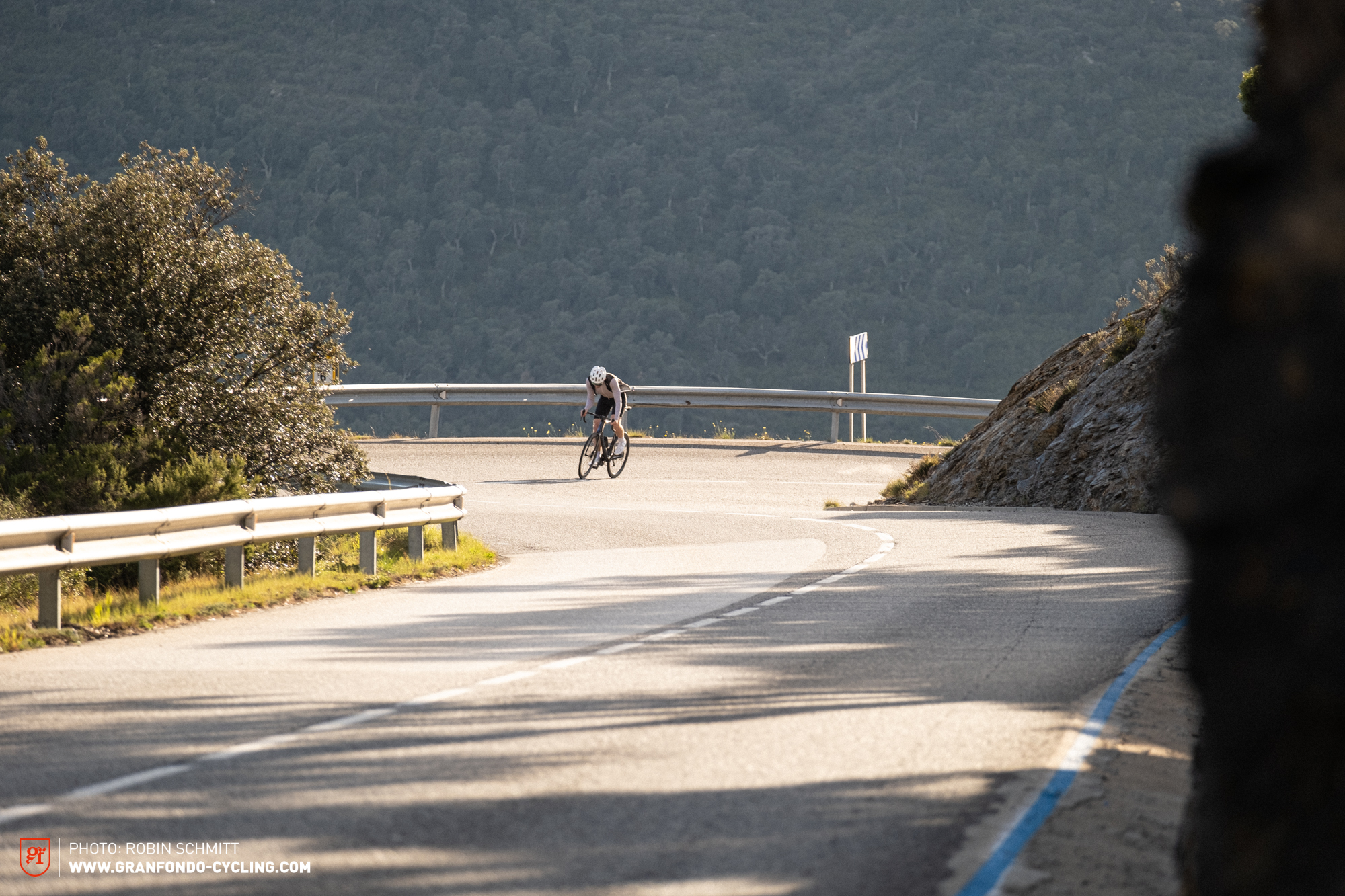
Rim or tire? – The combination makes all the difference!!
Rims and tires – there’s no getting away from this. But why do we so often struggle to match them up properly? How do they work together? Since when have tires been associated with aerodynamics? And Isn’t it all about rolling resistance? Yes, at first glance, tires have a single purpose: to maintain contact with the ground. Without effective power transmission between the bike and the ground, the bike won’t move. But there’s a lot more to it than that and, as is often the case, it all starts with the right tire width.
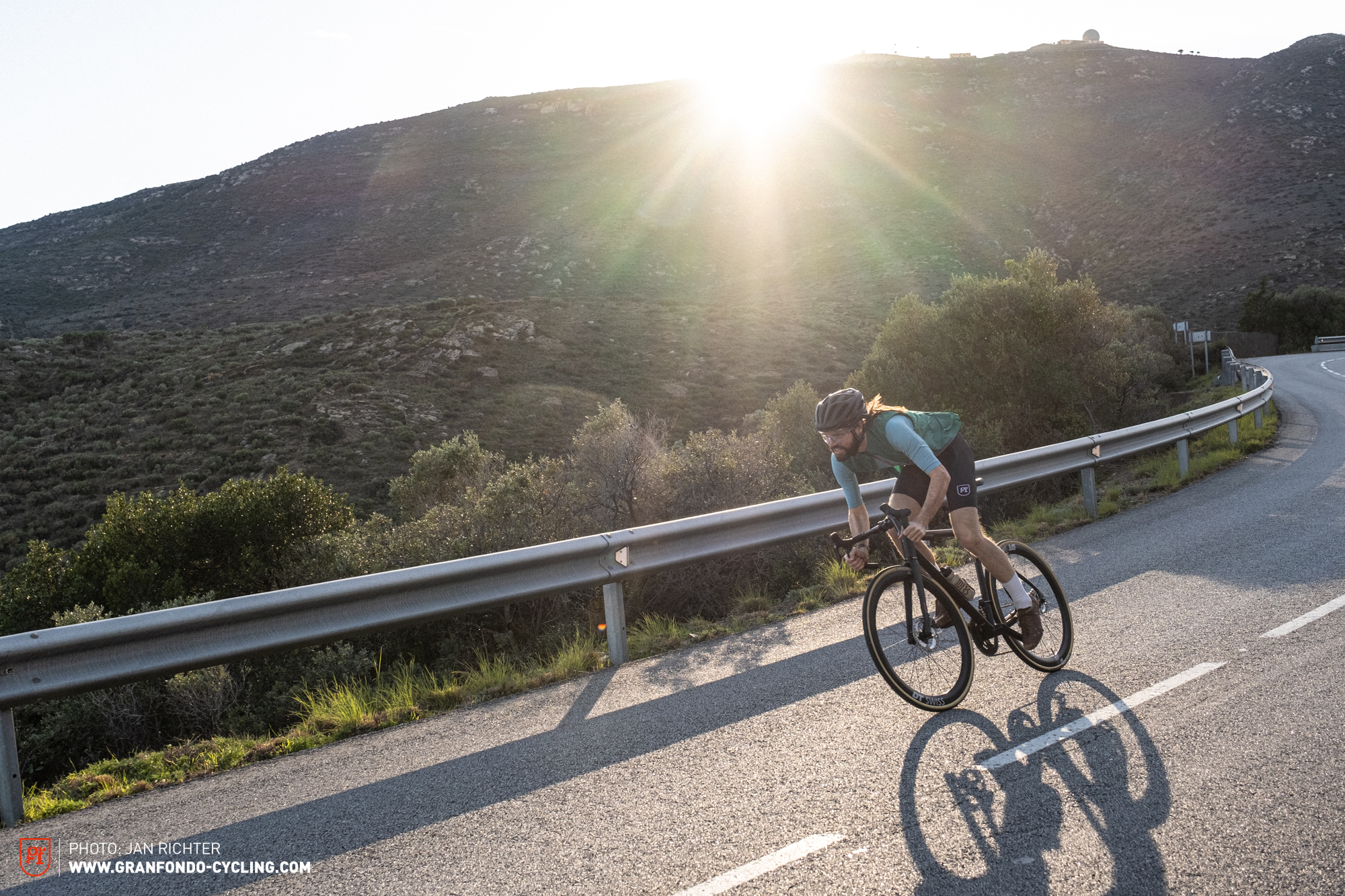
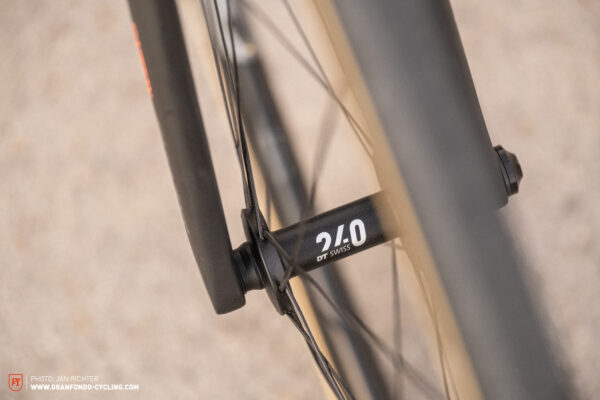
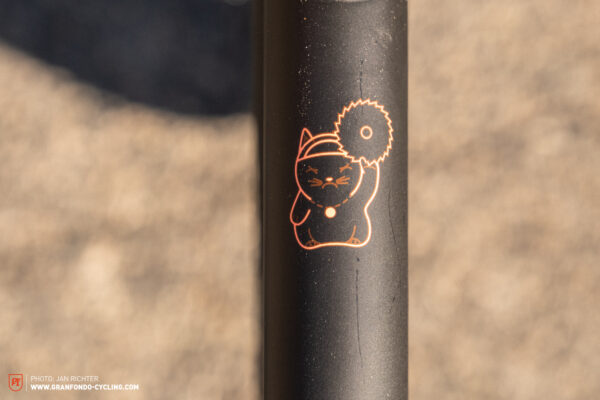
To reignite the long-running debate about the perfect tire width, wider is not necessarily faster. Erm, so what, wider is slower? Yes. Wider tires can actually be slower, at least in terms of aerodynamics. This is because wider tires require more frontal cross-section, which means more air to move around the wheel. However, frontal cross-section is not the only factor that affects aerodynamics. Friction between the bike and the air, as well as potential vortices, also play a crucial role. This is where deep wheels come into play. However, deep wheels also pose a challenge: the transition between tire and rim is typically quite unaerodynamic and can quickly compromise the oh-so-excellent efficiency of expensive rims.
This is exactly the problem that Syncros and Schwalbe aimed to solve. With the Capital SL Aero wheels and Schwalbe Pro Aero tires, they have created the supposedly ideal combination to squeeze out every last bit of efficiency. Other manufacturers have followed suit with tires specially designed for perfect aerodynamics – the latest hit in the bike industry, so to speak.
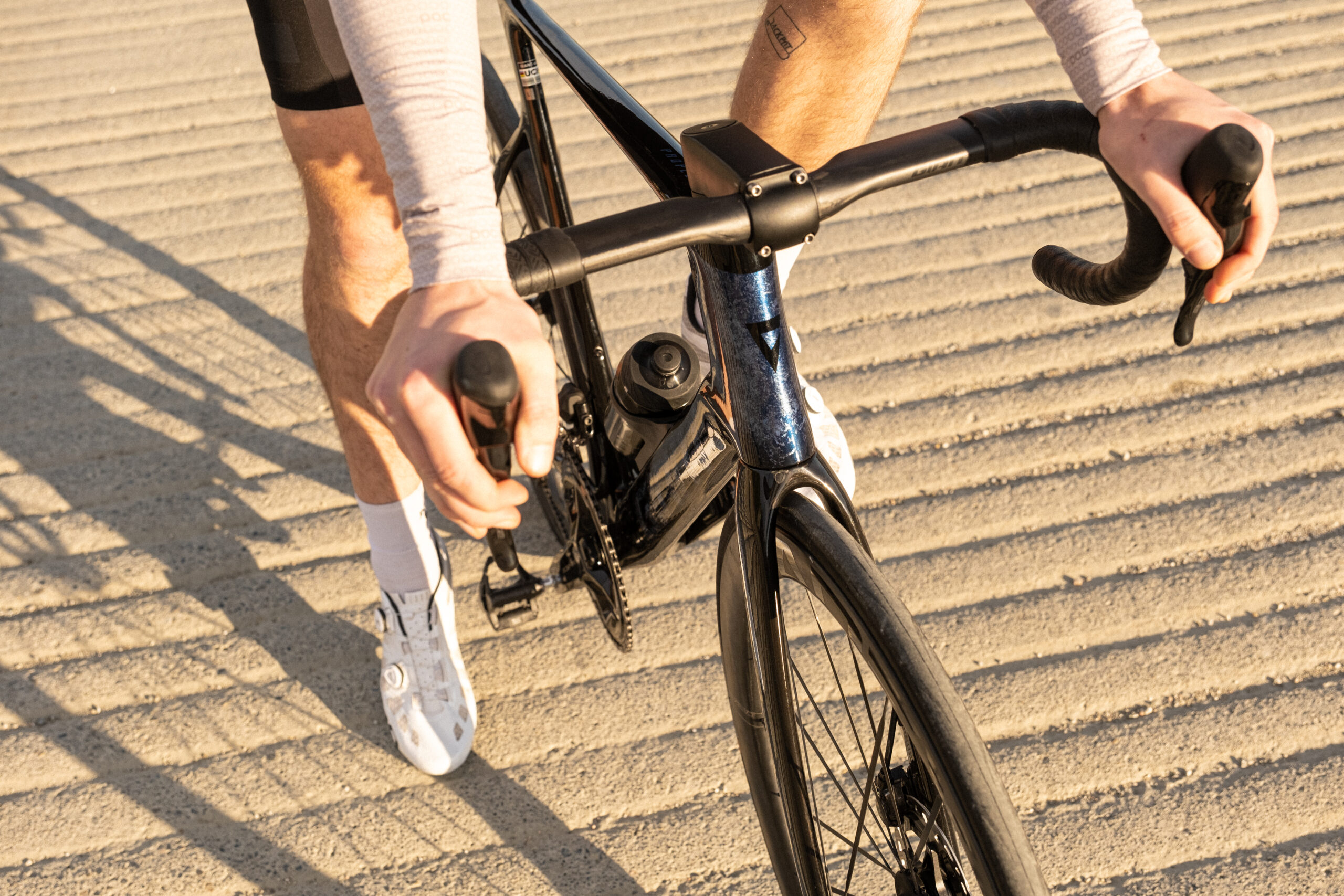
OK, so aerodynamics is one thing, but wider tires do have lower rolling resistance, right? That’s the current consensus, and indeed wider tires can be faster because the contact patch is rounder and smaller for the same pressure. Another unbeatable advantage of wider tires is greater compliance, which benefits everyone.
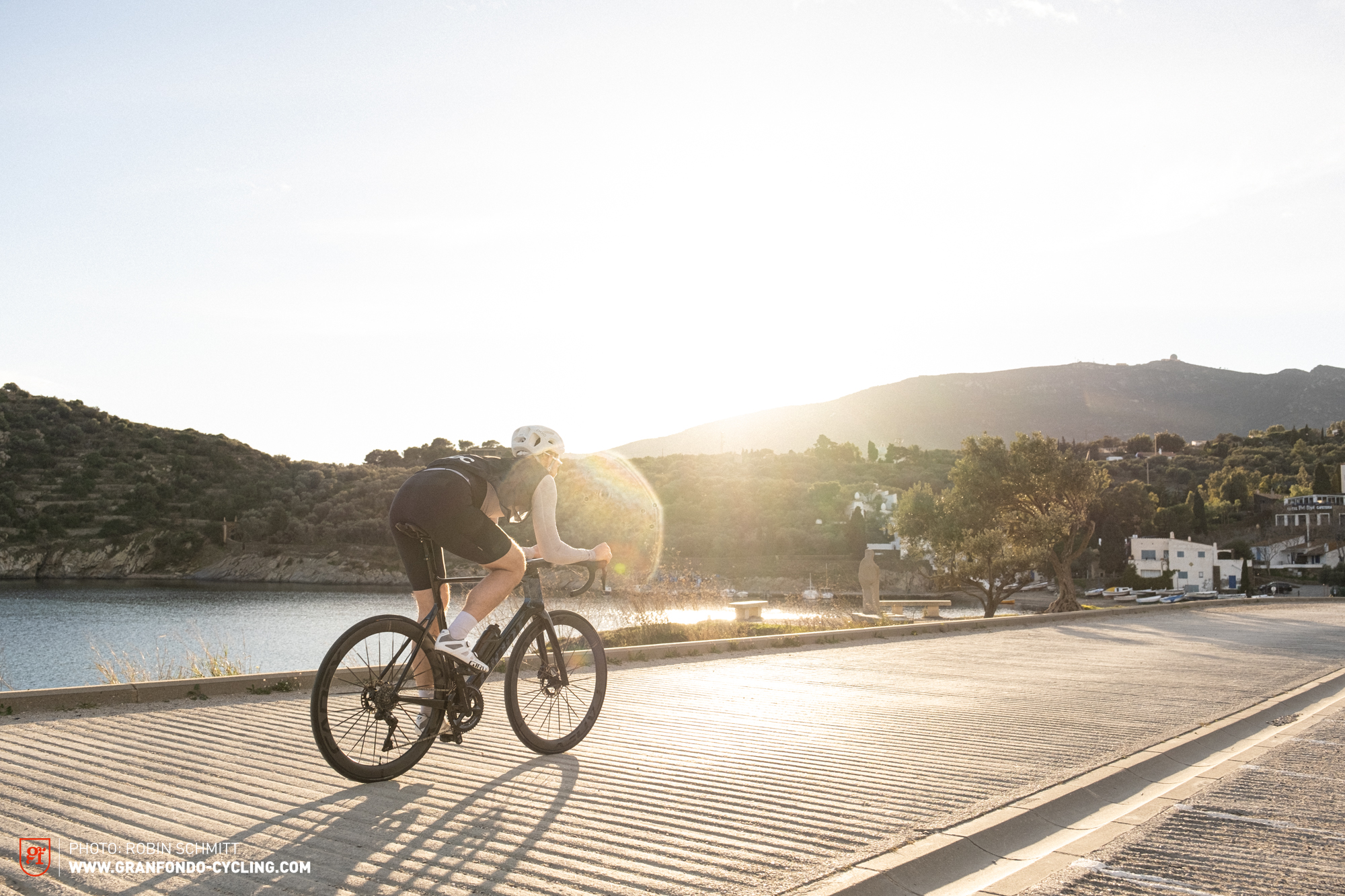
Rule of thumb for the latest technology?
So the 105% rule – what the heck is that? Aren’t cycling and training complicated enough? It may sound complicated at first, but it’s actually quite easy to apply. The rule simply determines the optimum rim width in relation to the tire, aiming for the rim to be just under 5% wider than the tire. The idea is to direct the aforementioned airflow past the wheel as elegantly as possible, and an aero profile, such as that offered by deep wheels, is essential for this. Also crucial is the transition from tire to rim. The airflow should not break off abruptly and “shimmy” along the surface. Slightly wider rims help to capture the turbulent airflow through the tires and allow it to glide over the rim.
And how about the 4:1 ratio? In theory, for an aero profile to perform optimally, it needs to be 4 times as long as it is wide. With 28 mm tires, the most popular tire width at the moment, and 30 mm wide rims, this means a length of 120 mm and a rim depth of 90–100 mm – a practical challenge for most and a nightmare in side winds. So will we soon be back to 23 mm tires? Probably not. In most scenarios the benefits of wider tires outweigh the aero benefits of optimum rim depth.
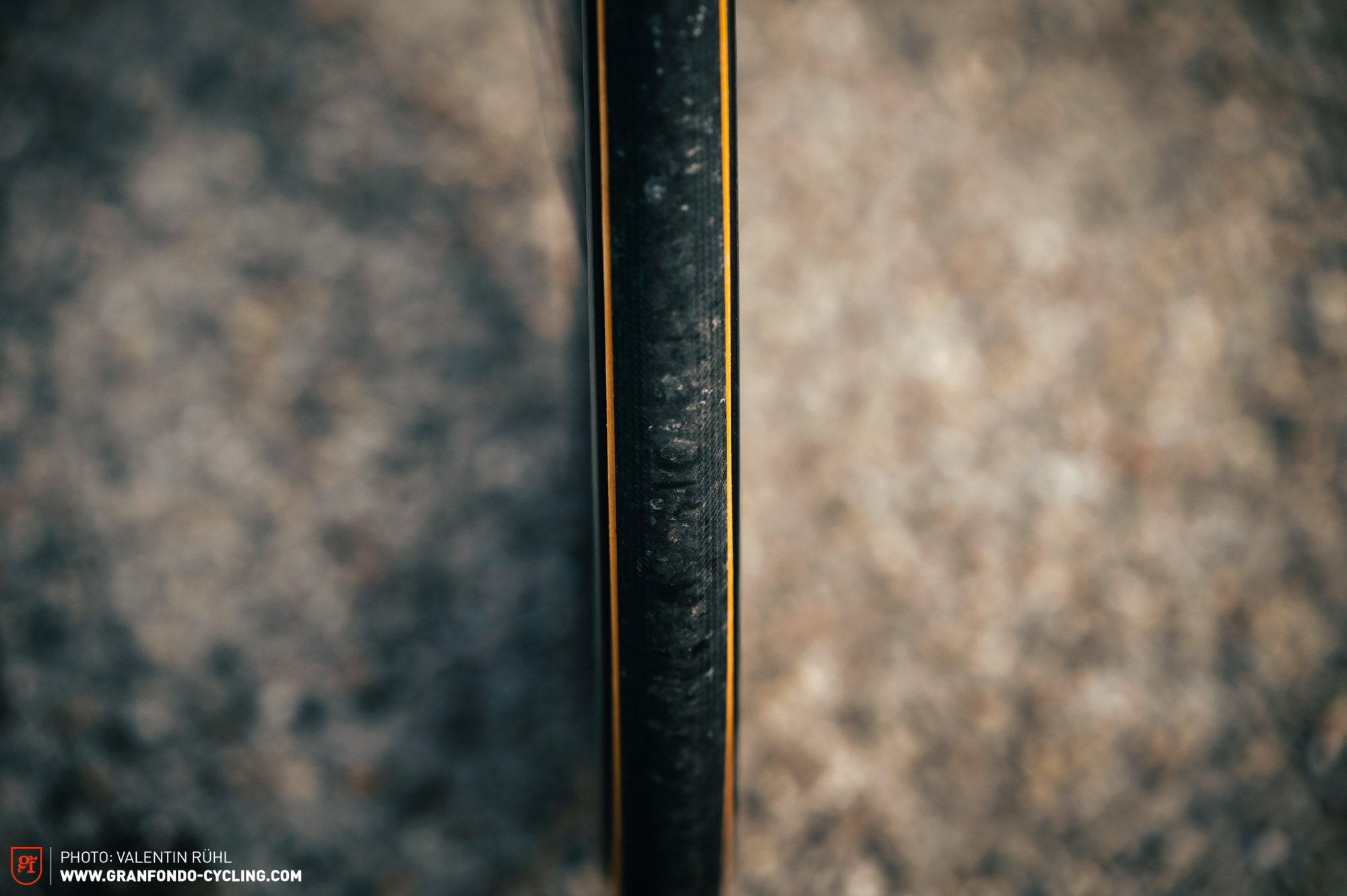
Tires first, wheels second? – The easy way to the ideal wheel
Grip, rolling resistance, puncture protection – the right tire is crucial, but damping also plays an important role. In comparison, wheels contribute relatively little. Stiffness, cornering and, of course, aero gains are their primary domain. However, wheels from different manufacturers tend to be much more alike than tires.
Tires are also often tailored to the terrain. Narrow time trial tires for fast summer rides on fresh asphalt, wide tires for the Paris-Roubaix Challenge or the Gran Fondo Strade Bianche? So why not choose your wheels to match your tires?
In theory, that’s the right approach. But let’s face it, even if you dream of the equipment carts of the World Tour teams, who in reality has the luxury of changing tires, wheels or even the bike? Not many. So if you’re going to invest, why not do it consciously and wisely? If you know the size of the tires you’re going to use, you can choose the best wheels to go with them. So: tire width first and wheels second! This means choosing a slightly wider rim with a larger internal rim width – and for maximum efficiency: as deep as possible!

We all love the look of deep carbon wheels on a road bike, and they look great on all-road and gravel bikes too. And with a few considerations, the setup can be easily optimised. Just ask yourself: “What tire and width do I want to ride, what fits the frame, and what rim do I need?” With a little time and the right rules of thumb, you can find a really good combination even without your own wind tunnel.

Deep wheels look stylish and can take you a long way, but they are no panacea. Despite their dazzling appearance, it’s easy to forget that wheels alone are not enough. The tire is not only your sole contact with the ground, influencing traction and rolling resistance, but is also a key factor in the aerodynamic efficiency of that oh-so-expensive wheel. However, when the tire and rim are perfectly matched, the result is a combination that can create real aerodynamic magic.
Did you enjoy this article? If so, we would be stoked if you decide to support us with a monthly contribution. By becoming a supporter of GRAN FONDO, you will help secure a sustainable future for high-quality cycling journalism. Click here to learn more.
Words: Calvin Zajac Photos: Robin Schmitt, Jan Richter, Julian Schwede







